
Commonwealth Academy Commonwealth Academy and ZBrush invade White House Film Festival.
Today’s educators have an incredible responsibility to provide resources and experiences for young people while fostering growth and curiosity. Now more than ever, educators have a strong hand in potentially shaping the future of our country. Modern classrooms are a hotbed of innovation, with students and teachers working in new and collaborative ways to push each other and technology further. Cathy Feehan, Ricardo Pontes and Maria Brinza of the Commonwealth Academy are leading the charge and at the forefront of this movement. They’re helping a new breed of digital artists get started early. We recently had an opportunity to learn more about the talented boys and girls of the Commonwealth Academy and their involvement with the White House Film Festival. These trail blazing youngsters are paving the way for a new kind of learning and we couldn’t be more excited. Enjoy this intimate look at how ZBrush is helping them realize their design dreams, while establishing the building blocks of tomorrow.
Tell us a little about the Commonwealth Academy and your programs.
Located in Alexandria, Virginia, Commonwealth Academy is an independent college prep day school for children with learning differences, grade 3-12. While our students range from average to superior intellect, they have been diagnosed with ADHD, dyslexia, dysgraphia, and/or other specific learning differences. Importantly, they often come to us with low self-esteem because their previous school did not provide the programs and support they needed to excel.
C/A’s mission is to empower its students to reach their highest achievement levels by teaching personal responsibility for learning and behavior in a comfortable community, conducive to academic risk-taking and social success. We offer a broad-based curriculum, compensatory strategies, curriculum remediation as well as acceleration, and a focus on technology to prepare our students as 21st century citizens. In 2014, one hundred percent of the graduating class matriculated to a college or university.
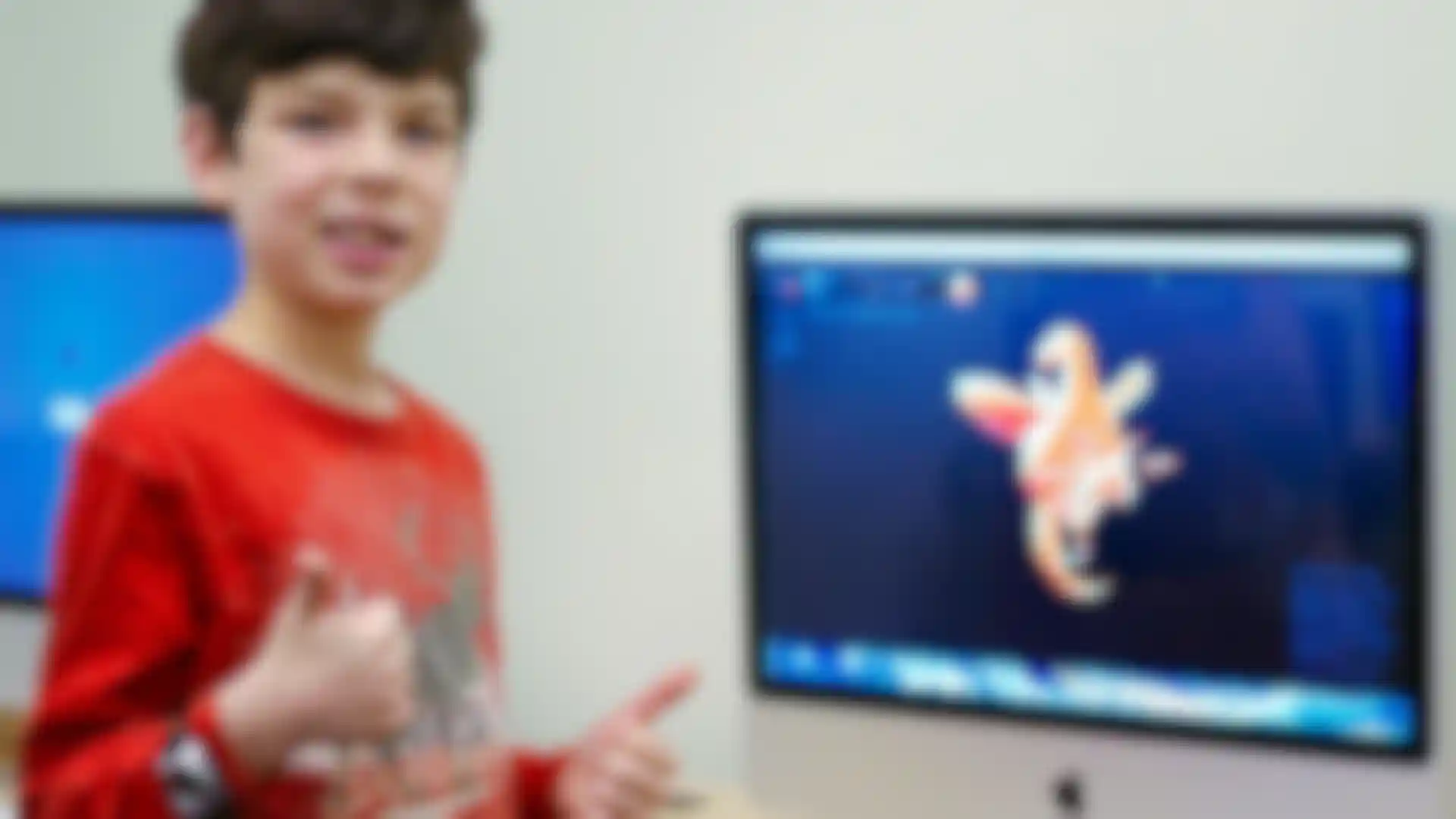



How did your school become involved with the White House Film Festival Project?
Reflective of the collaboration C/A both teaches and models, the chair of the science department and our technology consultant learned about it on the web and brought it to the attention of members of our administration and faculty. Lower School (grades 3–5) teacher Maria Brinza and Media teacher Ricardo Pontes jumped on the opportunity to enter the contest showcasing the recent Lower School Cougar Game Design Studio.
Why did you decide to incorporate ZBrush?
The game design project showcased on the White House Film was a multi-curricular project encompassing literary skills, math, visual learning, and technology. Students used their literary skills to define characters and a storyline, and math, visual learning and technology to create 3D creatures that would be used in the game.
Mr. Pontes selected ZBrush for the project because it is easy to use, offers a free demo, and is used by professionals throughout the industry. The programs were, in fact, very intuitive and provided immediate, dramatic effects, which, in turn, motivated students to work harder and eagerly learn more about what they could do. Other available programs had a steeper learning curve, which might frustrate children during the design process. The fact that there was a free trial helped because Mr. Pontes could let the young students try it out to be certain that the full product would provide the tools the students needed for their design project. It was also important to use professional level software in 3D design, just as they do in word processing, video editing, or presentation preparation.
How did the children react to ZBrush?
The students loved ZBrush and felt empowered because they were using professional level software—the same used to create some of their video games at home— and in just one class could create something professional. Prospective students also have an opportunity to explore this software in the Mac Lab when visiting C/A and are always excited to try it out.
The software is so intuitive and has many levels of complexity while providing an opportunity for endless exploration. Students with ADHD are particularly good at exploring and following trails. The ability to quickly create something amazing with easy changes, “kept the students interested in the software and let them hyper focus” says Ms. Brinza. “The students learned on their own at a faster rate than we could teach them.”

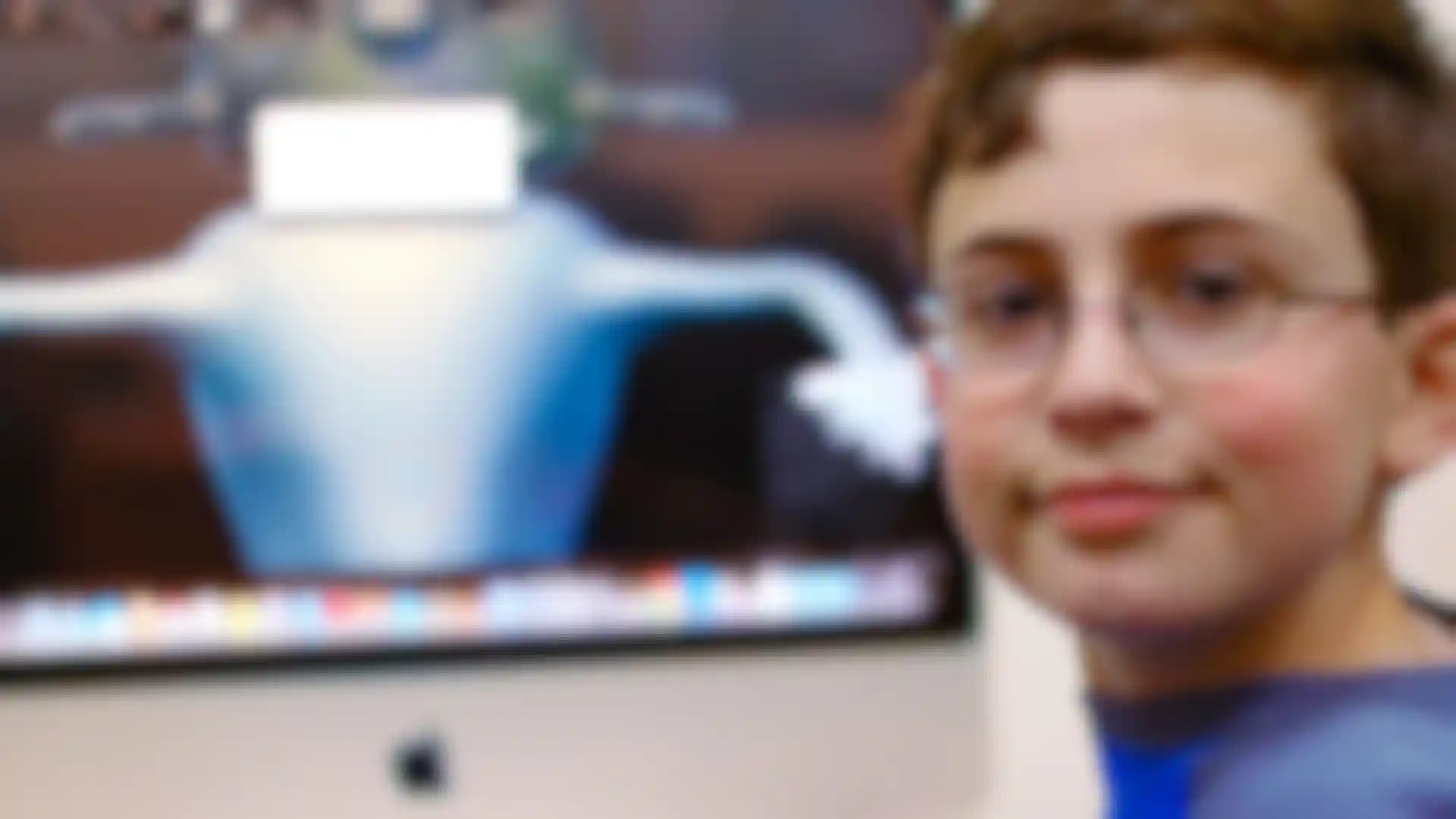
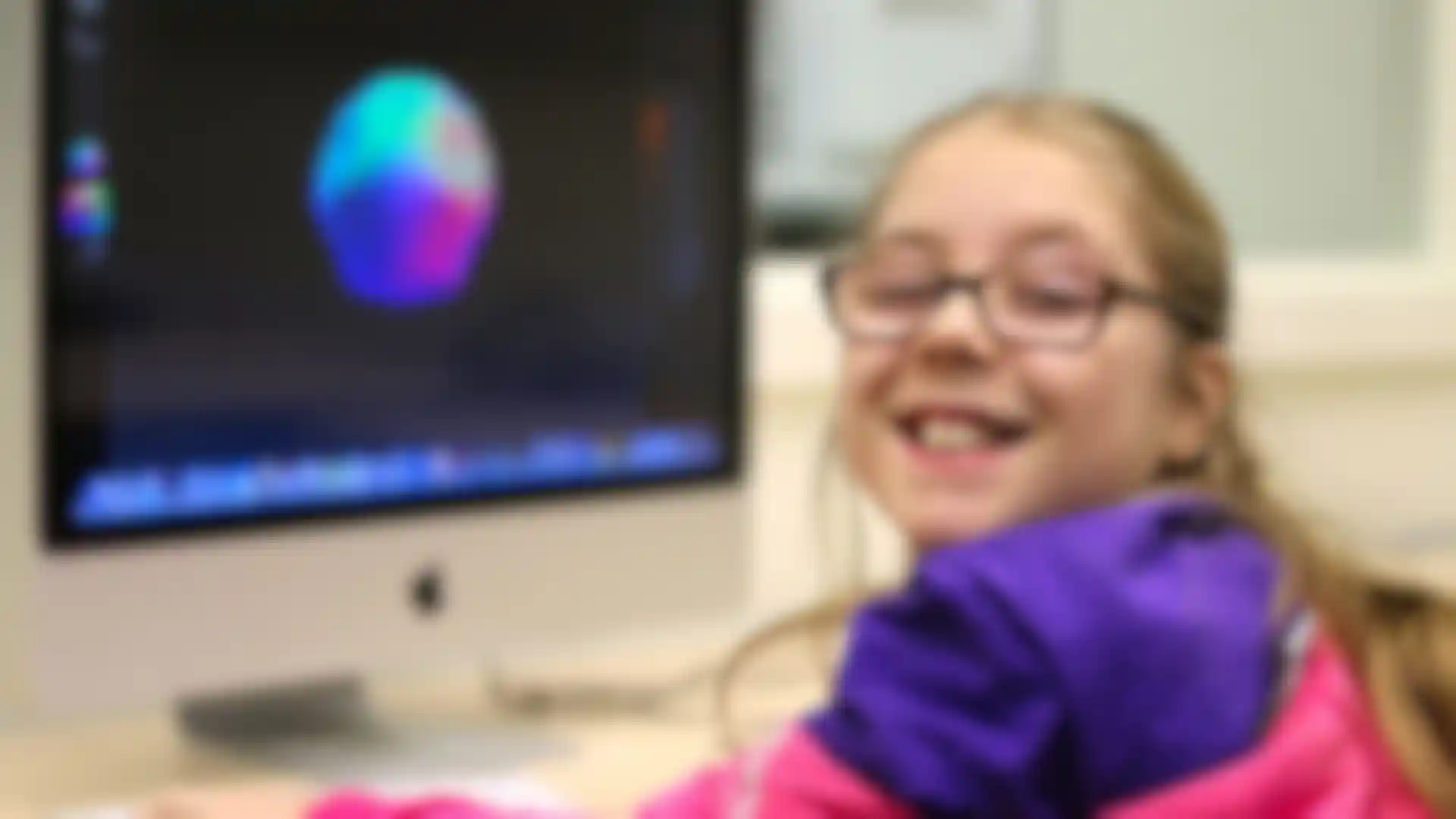
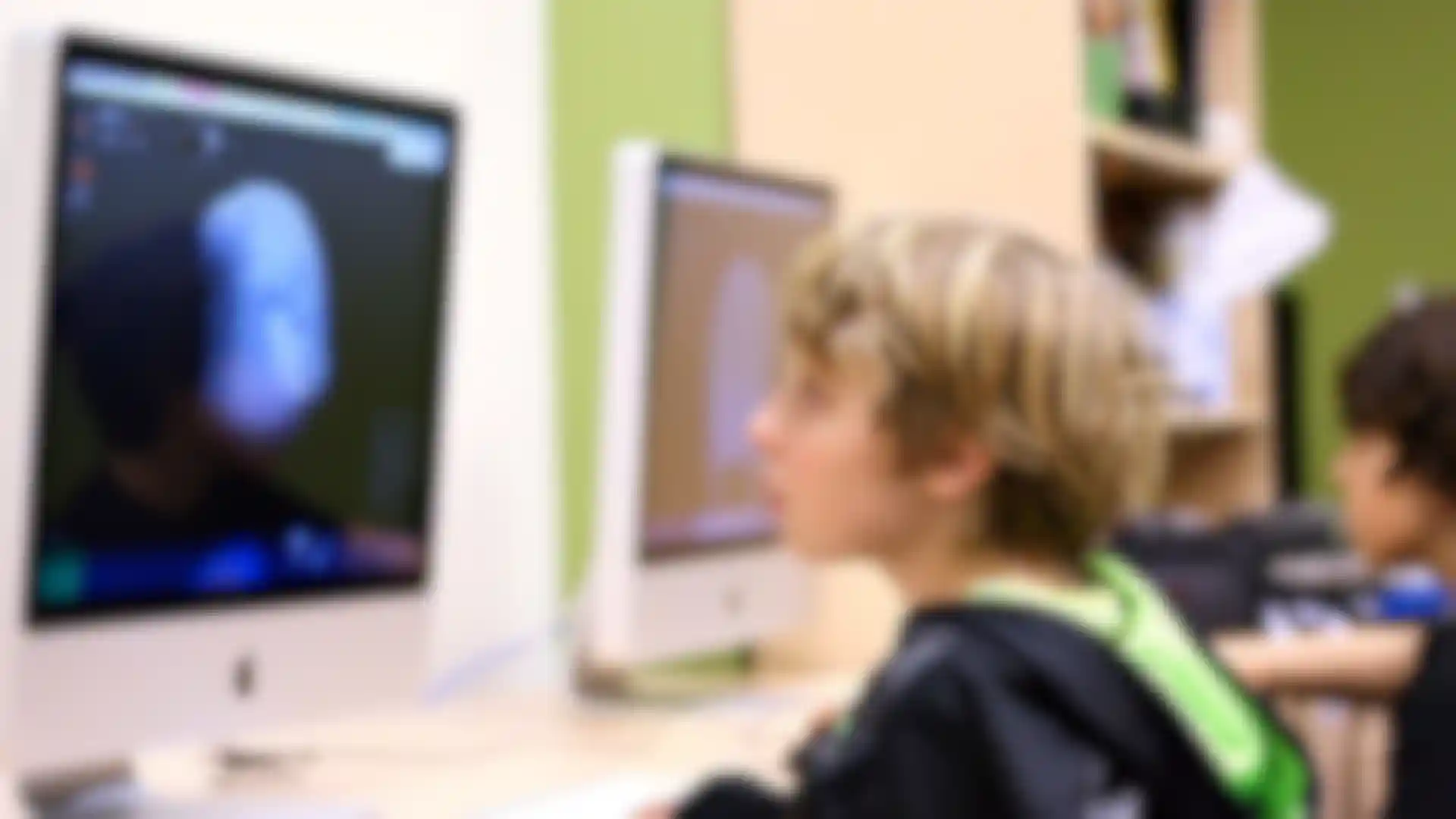
What are some of the key areas where the children have excelled?
First and foremost, the students really excelled at problem-solving, which is what we are trying to teach them. “We can’t teach students specific software that they will need in their jobs after college because it hasn’t been invented yet,” says Ms. Brinza. “But by teaching an adventurous attitude in a collaborative environment, we can teach students to problem solve, take risks, and work with their peers to complement their own skills.” Visual programs make it much easier to collaborate with peers, and with ZBrush, student suggested changes or additions can be made and undone easily so students are more open to testing out comments from peers, revising and perfecting. In the classroom, students also saw their teachers—a technology and Lower School teacher—complement each other’s skills in a collaborative project, reinforcing the importance of working together. As a side-benefit, students learned about the ethical importance of giving each other credit when working together.
ZBrush also reinforced important mathematical concepts and helped students master them more quickly because the terms they use in class are the same ones used on the programs: rotating, flipping, scaling, transposing, coordinate grids, mapping, axes, etc.
As Mr. Pontes noted, "When they saw the quality of their work, made possible by ZBrush, they pushed harder to learn more. The software helped them produce what they could conceptualize so they felt like they were powerhouses."
The ease with which they could make changes helped the quality and authenticity of their characters. For example, if a character’s superpower was flying and a peer thought the wings of the creature should be enhanced so the power was clearer, the creator could easily look at different design solutions.
Students were astounded! They were really excited to see examples of things done with the software in games they were playing at home and thought it was very cool. As collaboration and peer editing are critical skills for 21st century students, they also found working together fun.
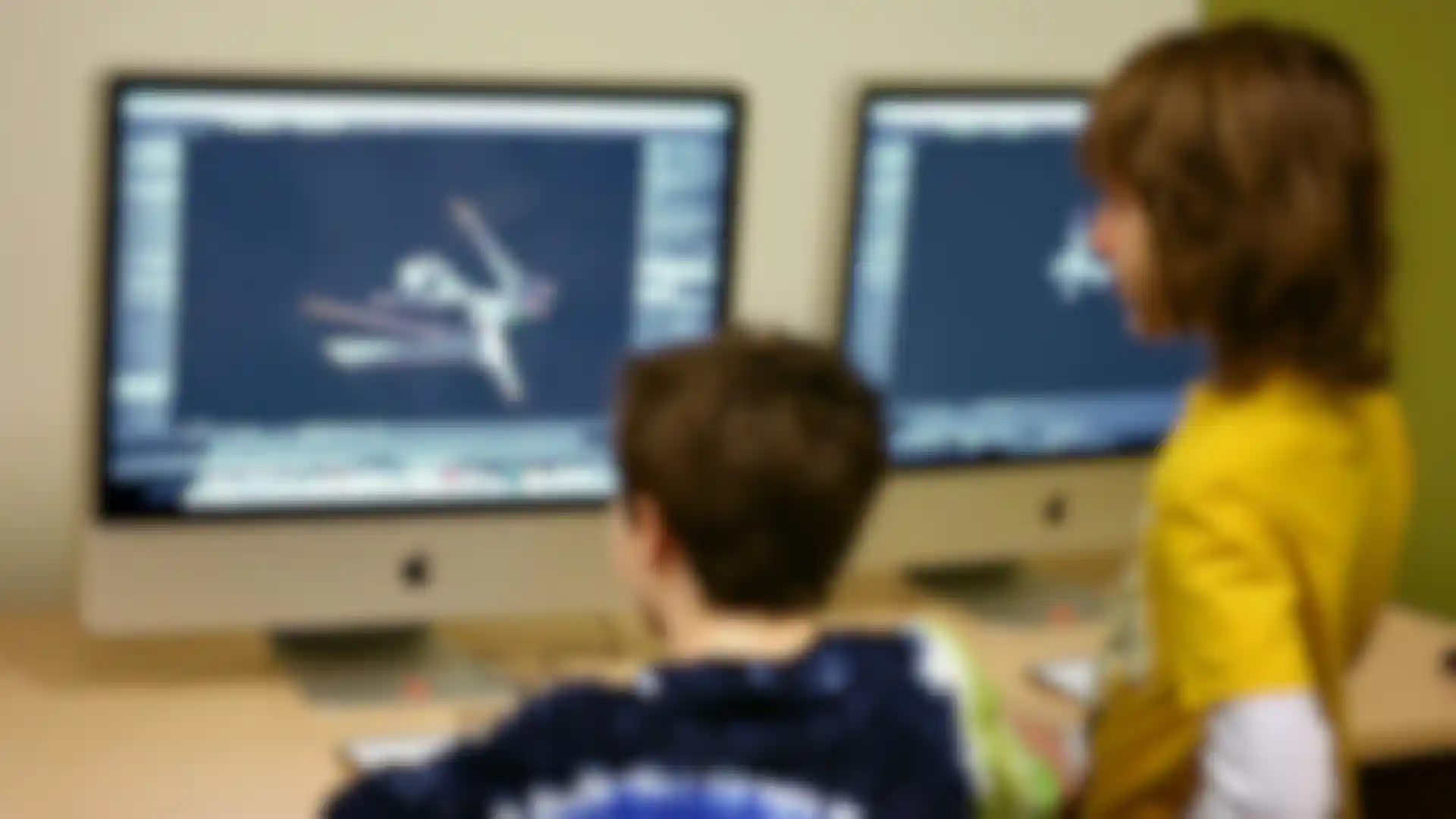

How do you see the program(s) evolving inside the classroom?
Faculty is already making plans to put the software into academic classes throughout lower, middle, and upper school. Students might use the software in science classes to build atoms and molecules or explore engineering in high school physics classes. The software provides another method for students to learn and show their mastery of subject matter. “While they struggle to write or draw or stumble through mathematical word problems, they can be super competent in a 3D world,” says Ms. Brinza.